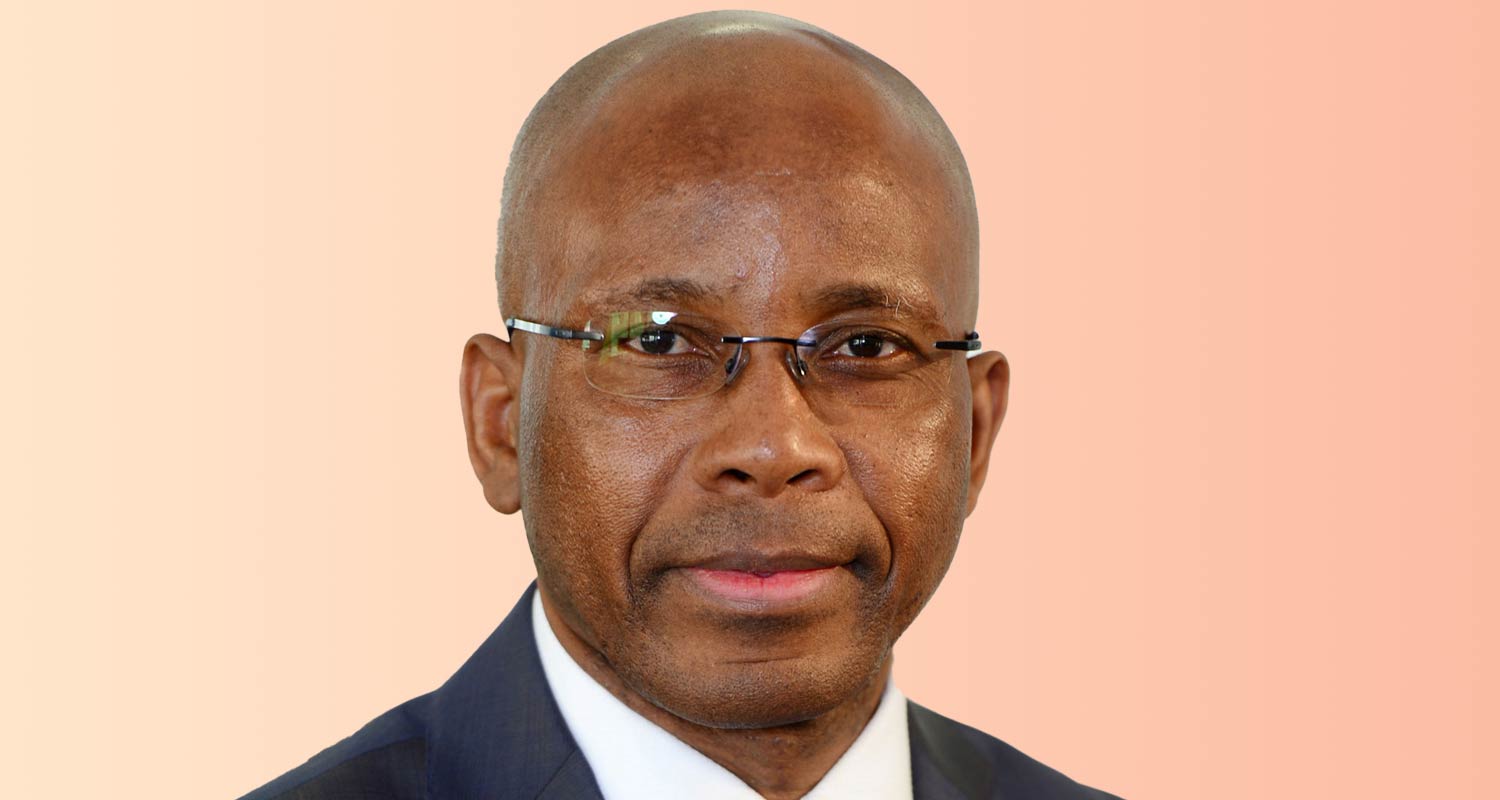
Eskom board chairman Mteto Nyati has moved to allay fears that recently published guidelines by energy regulator Nersa that make provision for up to 16 stages of load shedding are a foretaste of what’s to come.
“It is highly unlikely that something like that will ever happen,” Nyati said in an interview with Gauteng radio station 702 on Wednesday, referring to the severest stages of planned power interruptions tabled by Nersa.
“Any normal society thinks ahead and plans accordingly; people should not be worried…,” he insisted in the interview.
Nersa released the draft “Electricity Supply – Quality of Supply” codes of practice earlier this month. Part 9 of the document, which outlines the 16 stages of load shedding, deals with protocols for load reduction and system restoration “under power system emergencies”.
Examples of potential causes for grid-related emergencies include:
- Failures in generation, distribution or transmission control systems;
- Wilful damage to electricity infrastructure;
- Disruptions to critical resources such as coal, gas and liquid fuel; and
- Extreme weather events.
“Emergencies are inherently unpredictable. This has been highlighted in the last few years by the use of load shedding across every time of day, day of the week and period of the year. This section of [the guidelines] is intended to provide the system operator with a structured and reliable way to restrict electricity demand for every contingency, at any time, up to any amount of load reduction,” said the document.
Nyati said South Africa is nowhere near stage-16 load shedding, telling 702 that Eskom has made good progress in its planned maintenance initiative, which he said is the reason South Africans have now enjoyed an almost month-long reprieve from load shedding.
He did acknowledge, however, that the public’s scepticism regarding load shedding is justified, given that Eskom has “consistently in the past not met the hopes” of citizens for reliable electricity supply.
He said the new classification system should not be interpreted in a way that overshadows the progress the utility is making in bringing recently serviced units back online, boosting generation capacity.
“We need to anticipate the worst-case scenario, but with the way we are doing things now, we may not even have load shedding in a few years’ time,” Nyati said.
Read: Load shedding reprieve has nothing to do with upcoming election
Eskom executives are expected to provide more details on Friday on the outlook for the winter season, when demand for electricity is typically significantly higher due to the colder weather. Temperatures across South Africa typically fall sharply from around May. – © 2024 NewsCentral Media




